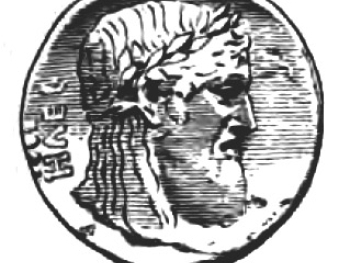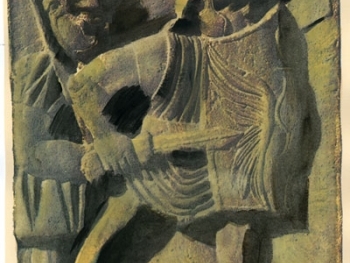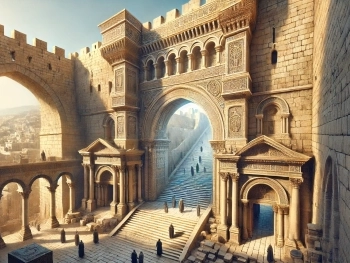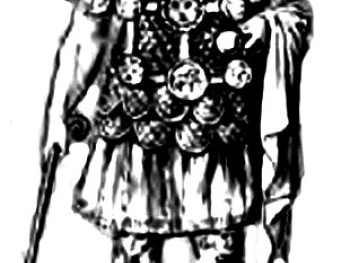

The Passover Papyrus is a letter from among the elephantine papyri that dates back to the time of Darius II, in 419 BC. In 1907 archaeologists discovered in Aswan papyrus fragments of a letter that bears the royal authority of the Persian Empire (note: Arsames was a Satrap of the Persian Empire who governed Egypt). In the letter there was a concern regarding a festival in the month of Nissan that was celebrated between the 14th and the 21st days of the month where unleavened bread was prohibited. He was no doubt referring to the Passover but the text was too faded to see that portion. This of course is clear archaeological evidence for the Passover among a Jewish colony at elephantine island on the Nile River (where a group of Jewish mercenaries dwelt from 600-380 BC) and far from Jerusalem where the Passover was to be celebrated.
The papyri dates to the fifth century BC, the time of Ezra. The letter is also important to archaeologists because it reveals the accuracy of the Bible regarding Persian policy, tolerating various religious beliefs among its satrapies (provinces). The text that has survived is clearly legible
Source:














